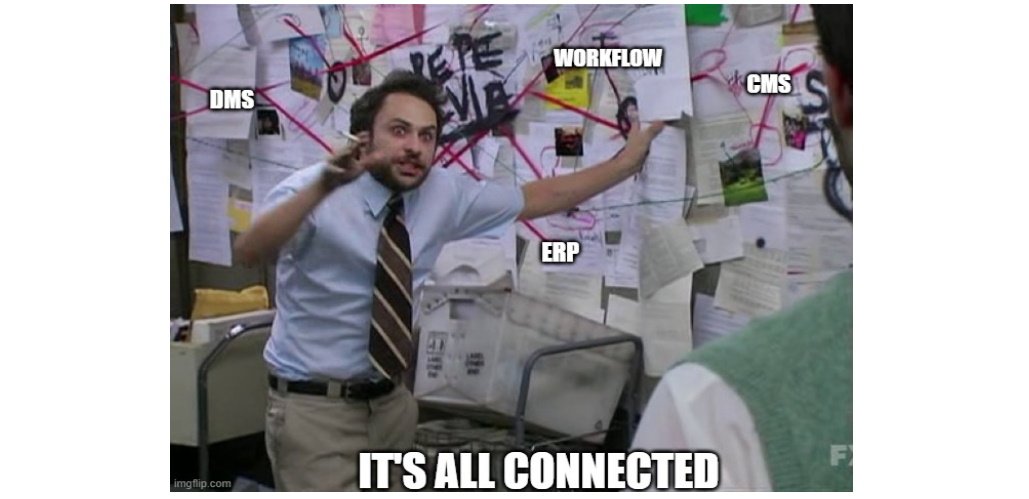From Chaos to Cohesion: Why Workflow Management System Integration is Essential
Streamline Business Processes with Workflow Management System Integration.
Workflow Management Systems are designed to streamline business processes, but they are not a one-size-fits-all solution. To cover a wide range of tasks, these types of systems often need to integrate with other software applications, such as ERP solutions, to achieve maximum efficiency and benefits. In this blog post, we will discuss the specialties of different types of software and explain how Workflow Management System integrates with them.
Warehouse management systems (WMS) help to manage and track the movement and storage of products within a warehouse, An Enterprise Resource Planning (ERP) system manages business operations such as accounting, procurement, human resources, and customer relationship management and Customer Relationship Management (CRM) system manages interactions with customers by tracking sales activity, managing customer data, and automating marketing campaigns to enhance marketing efforts and increase sales.
Each of these software applications has its own specialty and unique features, which can benefit an organization's operations. However, to achieve maximum efficiency and benefits, these software applications need to be integrated. When a workflow management system is integrated with an ERP system, for example, the organization gains real-time visibility into its warehouse operations and supply chain. This helps them to make data-driven decisions and optimize their inventory levels, leading to cost savings and operational efficiency. Similarly, when a WMS is integrated with a CRM system, the organization can improve its order fulfillment process by automating sales order creation and tracking. This helps organizations to improve customer satisfaction by reducing order fulfillment times and improving order accuracy.
Integrating Workflow Management Systems with other software applications such as WMS, ERP, and CRM systems can help organizations achieve real-time visibility into their operations, improve customer satisfaction, and reduce costs.
Workflow management systems provide a centralized platform for managing different applications and automating processes. By integrating different systems with a workflow management system, businesses can create a seamless flow of data between applications, reduce manual work, and eliminate data silos. When different systems are not integrated, employees may have to manually transfer data from one application to another, leading to errors and inefficiencies. Moreover, since different systems may contain different data, it can be challenging to get a complete view of an organization's operations.
Integrating different software applications can be a complex process, but the benefits are significant. Organizations that integrate their WfMS with ERP and CRM systems can achieve real-time visibility into their operations, improve customer satisfaction, and reduce costs. OWIS is a flexible and customizable workflow management system that allows organizations to automate and streamline their processes. It can be integrated with ERP and CRM systems, providing organizations with real-time visibility into their operations and improving operational efficiency.


